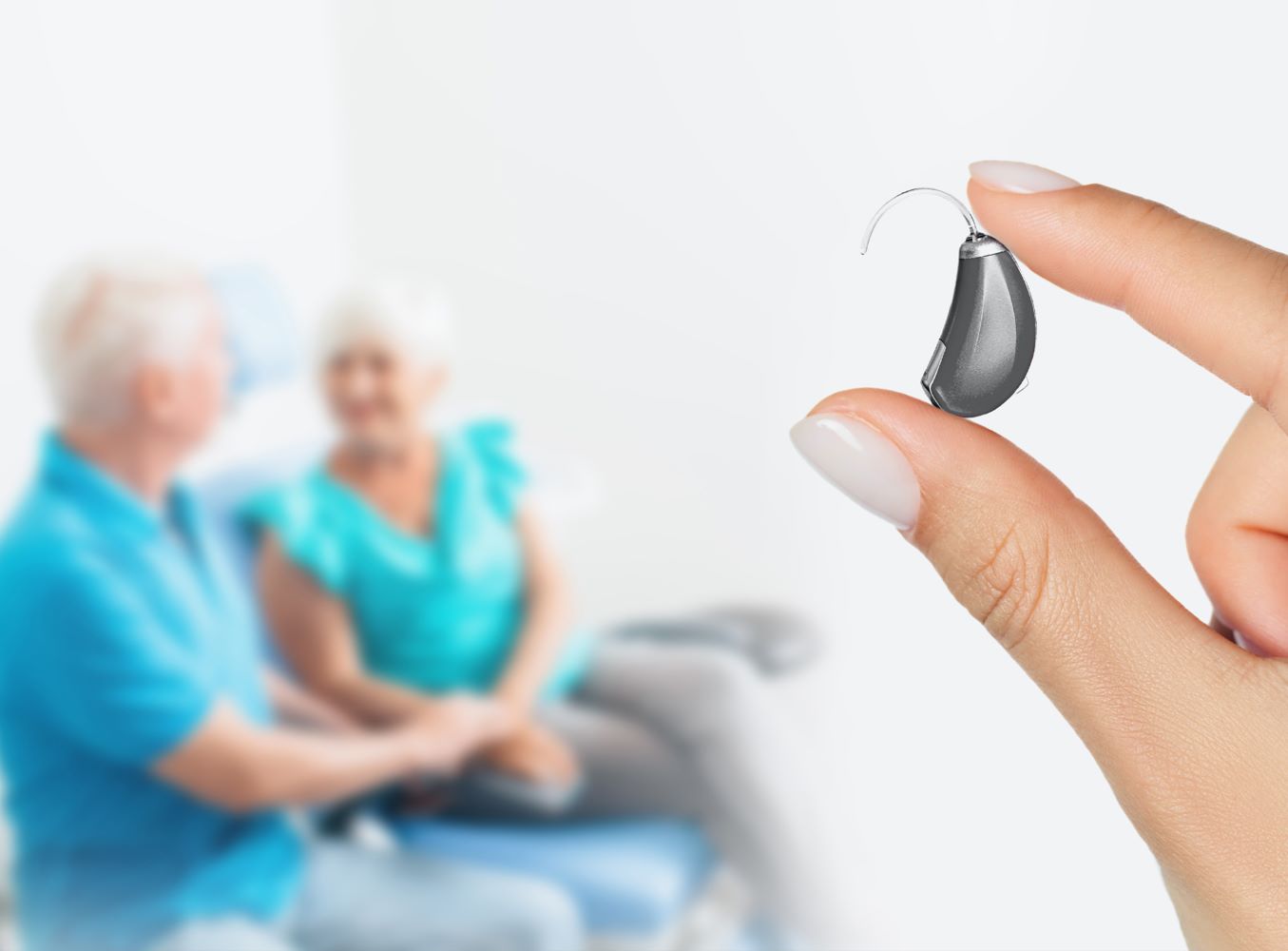Your hearing aids rely on batteries to keep them powered. To make it easier for you to identify the precise battery you need, the industry has adopted a color and number coded packaging for batteries. The main types are (10) yellow, (13) orange, (312) brown and (675) blue. Evolution Hearing helps patients with battery purchases by providing access to compatible sets. The office can even help with accessories that power rechargeable hearing aids. There is still a lot more to learn about batteries, with maintenance ranking at the top of the list.
Zinc-air hearing aid batteries
Zinc-air batteries are very different than normal household batteries. They’re air activated by using the oxygen in the air to power hearing aids. To keep them from draining while in their packaging, a sticky tab is applied to keep the battery at max capacity. When the tab is removed, the battery is officially ‘activated.’ This is an irreversible process, so users should make sure that the battery is ready for insertion before interacting with the tab.
There is usually a waiting period after removing the tab, up to one minute. This allows oxygen to fully pass through the filter in the tiny holes on the battery. Think of this as the ‘powering up’ state, one that is necessary to help get the battery to full capacity before use.
Rechargeable batteries are a little different since they don’t require removal or activation. They stay in the hearing aid device unless a repair is needed. Rechargeable batteries can be recharged hundreds of times using a compatible station. Charge times will vary based on the model, and the current outlet being used.
Optimizing lifespan
Every battery has an estimated life, but there are variables introduced beyond the color and numbering scheme. Hearing aid hardware will affect a large number of the estimated hours of the battery. Features like Bluetooth can work in a low power state, but will still cause a drain. This is normal, and the batteries are optimized for it. The more features a hearing aid has, the more it will affect the estimated battery life. Users should always have a set of spare batteries within reach when the originals go bad.
Normal care and maintenance will help hearing aid batteries reach their full potential. Cleaning the device regularly prevents it from draining when unnecessary. And by storing replacement batteries in a cool and dry place, it will ensure maximum battery life before activating.




